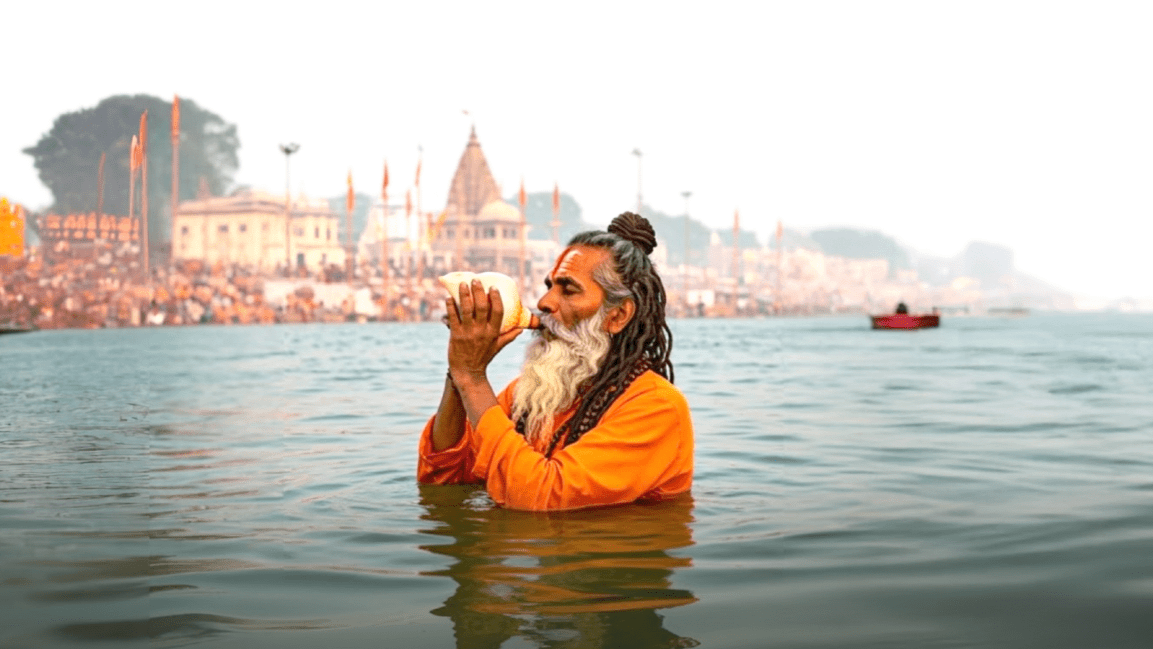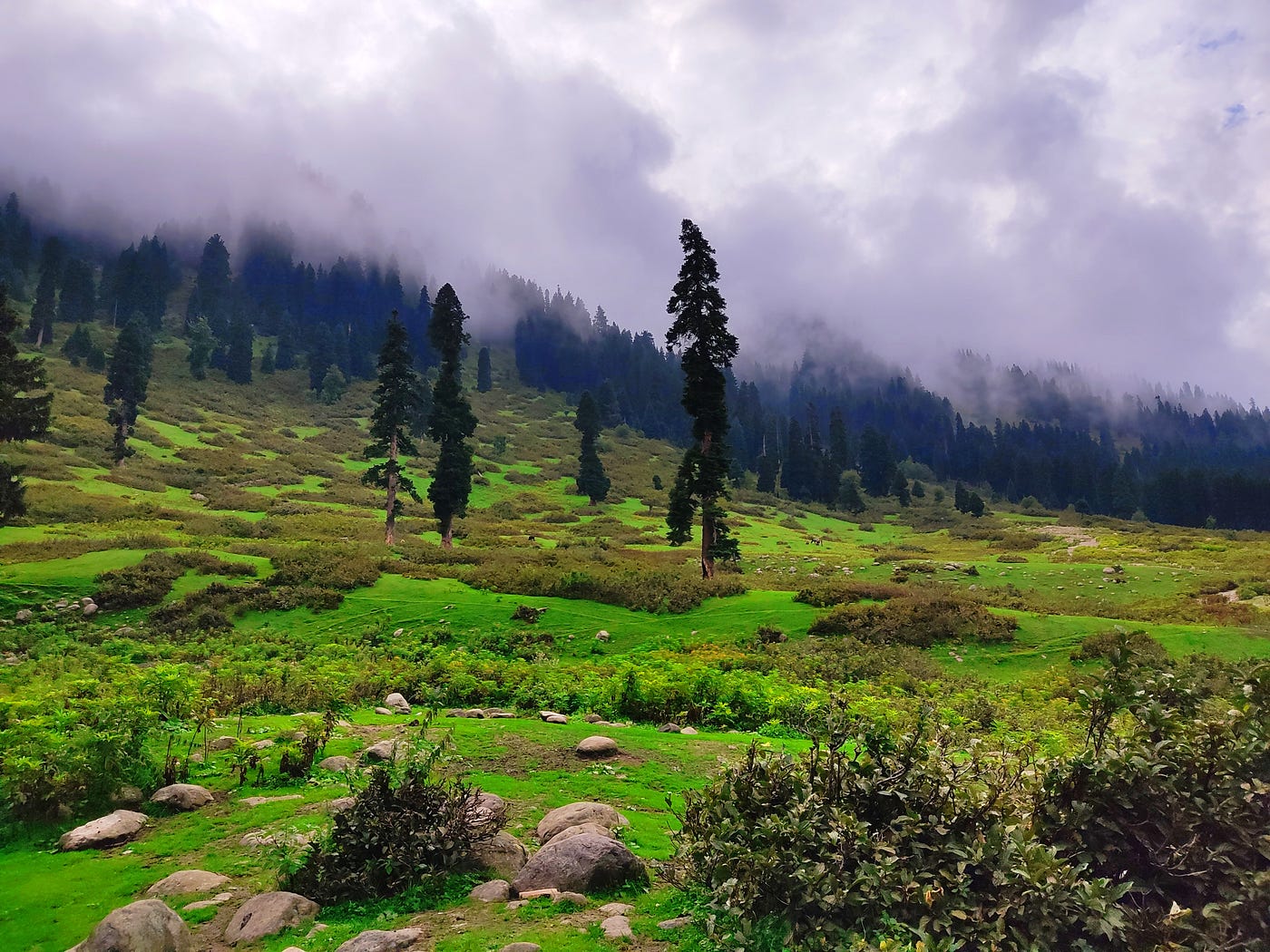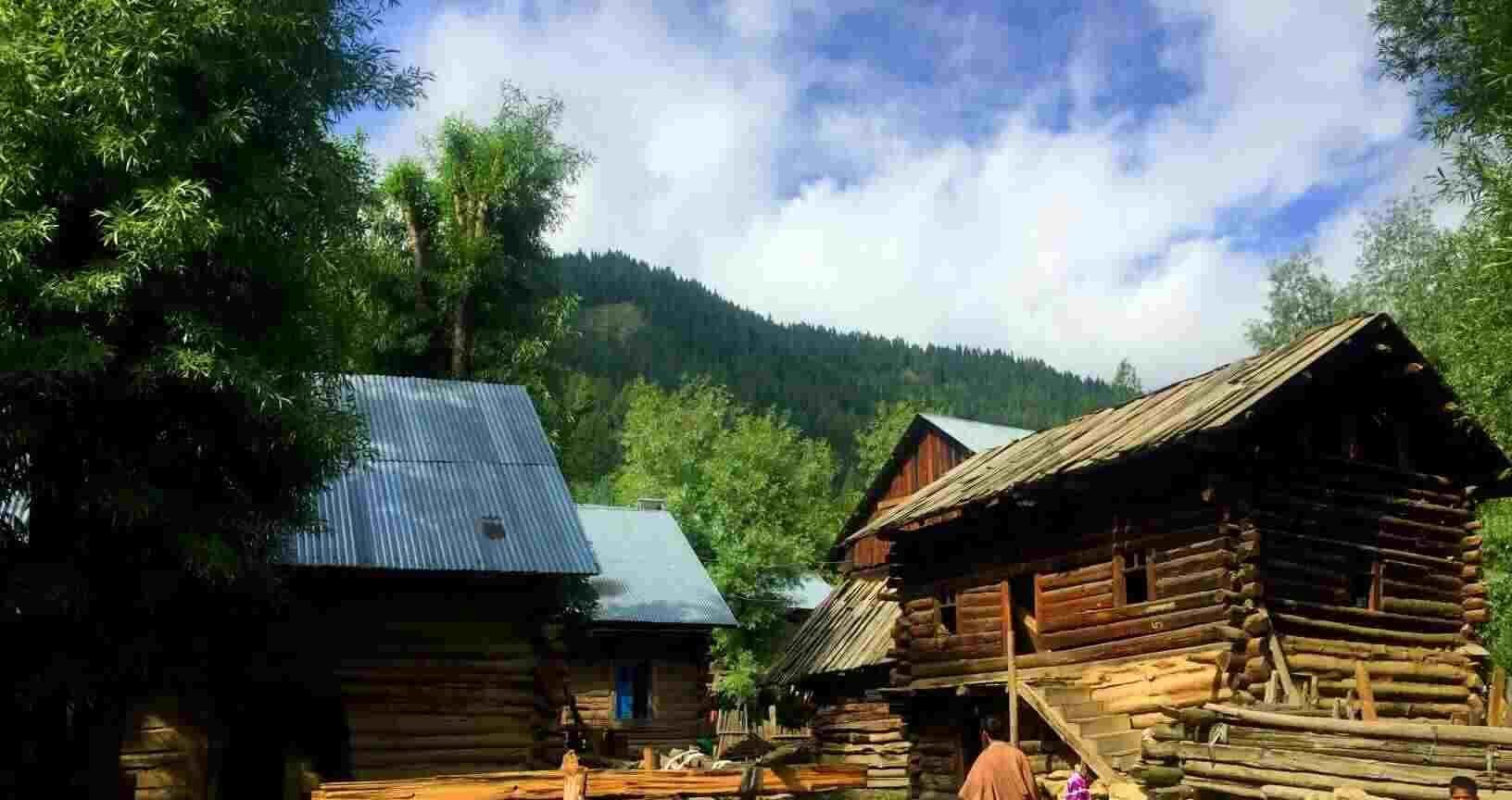Kashmir Faces a Tourism Slowdown: Maha Kumbh and Snow Deficiency Impact Winter Footfall
By: Javid Amin
Srinagar | February 13, 2025 – The breathtaking landscapes of Kashmir, usually buzzing with tourists during winter, are experiencing a noticeable decline in footfall this year. Tourism stakeholders are attributing this dip to two key factors: the ongoing Maha Kumbh festival in Prayagraj and an unusual lack of snowfall in the region. Hoteliers estimate a decline of about 20 to 25 percent in visitor numbers compared to the previous season, despite an otherwise positive trend in tourist arrivals over the past few years.
A Festival of Faith Over a Holiday Retreat
One of the primary reasons for the decrease in tourist numbers is the Maha Kumbh festival, which commenced on January 13 and will conclude on February 26. The festival, held every 12 years, is considered one of the world’s largest religious gatherings, drawing millions of devotees from across India and beyond. Many potential travelers have chosen to prioritize their faith over leisure trips, opting to be part of this spiritual congregation rather than embarking on winter vacations.
“A lot of people who would otherwise visit Kashmir during this season are attending the Maha Kumbh instead. Religious tourism has a strong pull, especially among domestic travelers,” said a hotelier managing a chain of establishments in Srinagar. He emphasized that this shift is particularly evident among middle-class Indian tourists who form a significant chunk of Kashmir’s winter visitors.
While religious tourism boosts the economy in other parts of India, it has led to a temporary shift in travel patterns, impacting destinations like Kashmir that heavily rely on seasonal tourist influx.
Also Read | Kashmir: Where Love Whispers Through Valleys and Time – Crafting Eternal Memories
The Missing Winter Wonderland: Snow Shortage Disrupts Tourist Expectations
Apart from the Maha Kumbh, the uncharacteristic lack of snowfall has been a major dampener for Kashmir’s winter tourism. The region, renowned for its snow-covered meadows, frozen lakes, and winter sports, has seen one of its driest winters in decades. Snowfall, which usually starts as early as November in higher reaches and blankets the valley by December, has been unusually scant this season.
“Snow has always been a magnet for visitors. We had guests traveling all the way to Zoji La Pass just to witness whatever little snow was there,” said a tour operator in Gulmarg, Kashmir’s most sought-after winter destination. “The absence of snow in Srinagar and Pahalgam has impacted hotel bookings and winter activities like skiing and snowboarding.”
Kashmir usually thrives during the winter months, particularly in Gulmarg, Sonamarg, and Pahalgam, where adventure enthusiasts flock to experience snow sports. However, with 87 percent less precipitation recorded in January 2025, skiing resorts have struggled to maintain artificial snow conditions, and winter sports have taken a significant hit.
A Climate Shift? Breaking Decades-Old Records
The snowfall deficit this season is not just a minor weather fluctuation; it marks a significant shift in Kashmir’s winter patterns.
For the first time in years, the strategic Zoji La Pass, which connects Kashmir to Ladakh, has remained open throughout the winter. Usually, the pass is buried under several feet of snow by December, making it impassable for months. This year, however, it has remained accessible, raising concerns about changing weather patterns and long-term climatic shifts.
The precipitation shortfall follows what was already the driest year in five decades in 2024, prompting experts to study its implications for Kashmir’s ecosystem, agriculture, and tourism industry.
A Booming Industry Sees a Temporary Slowdown
Despite the recent dip, Kashmir’s tourism industry has witnessed remarkable growth in recent years. Official data shows that around 2.95 million tourists visited Kashmir in 2024, surpassing 2.71 million in 2023 and 2.67 million in 2022. The year 2025 had started on a promising note, with a steady inflow of visitors, but the current slowdown has raised concerns among tourism stakeholders.
Tourism contributes significantly to the local economy, supporting hotels, restaurants, transport operators, handicraft vendors, and adventure tourism providers. A prolonged downturn could affect livelihoods, especially for those whose income is heavily dependent on seasonal tourism.
Also Read | Eternal Romance Amidst Snow-Capped Peaks: Your Ultimate Kashmir Honeymoon & Valentine’s Escape Guide
Looking Ahead: Hope on the Horizon
While the current situation has posed challenges, tourism stakeholders remain optimistic about the months ahead. The spring season, known for its vibrant tulip blooms and pleasant weather, is expected to attract a fresh wave of travelers. Additionally, the upcoming launch of railway connectivity to the Kashmir Valley is likely to boost tourism further.
“The railway network linking Kashmir to the rest of India is a game changer. It will make travel more accessible and affordable, potentially increasing tourist footfall in all seasons,” a senior tourism official stated.
Moreover, a series of promotional campaigns and travel incentives are being planned to revive winter tourism, including discounts on hotel stays, special packages for adventure tourism, and digital marketing initiatives targeting both domestic and international travelers.
Tourism in Kashmir – A Resilient Spirit
As one of the leading travel service providers in the region, JKL Travels acknowledges the recent slowdown but remains hopeful about the industry’s resilience. “Kashmir has seen ups and downs in tourism before, but it always bounces back stronger,” said a spokesperson for JKL Travels. “The beauty of this land, the warmth of its people, and the unique experiences it offers make it an evergreen destination. We are working on curated travel experiences that go beyond snow, showcasing the cultural richness, spiritual heritage, and adventure opportunities that Kashmir offers throughout the year.”
The company is emphasizing alternative experiences such as heritage walks in Old Srinagar, culinary tours featuring authentic Kashmiri Wazwan, bird-watching expeditions in Hokersar Wetlands, and luxury houseboat stays on Dal Lake to attract a broader spectrum of travelers.
Also Read | Romance Awaits: Make Kashmir Your Valentine or Honeymoon Destination
Bottom-Line: The Road Ahead for Kashmir’s Tourism
While the current dip in tourist numbers is a temporary challenge, Kashmir’s allure remains timeless. As winter transitions into spring, and as new connectivity projects come into play, the valley is poised to reclaim its position as one of India’s top travel destinations. Tourism stakeholders, travel companies, and local businesses are adapting, innovating, and preparing for a resurgence.
For travelers seeking a unique blend of natural beauty, adventure, and culture, Kashmir remains an unparalleled destination—one that continues to captivate hearts, regardless of season or circumstance.



